Have you ever decided to step into a big challenge and at the last second realized it was a bad idea?
Maybe it was before dropping into a half-pipe when skateboarding, or jumping from a high cliff into the water below.
Being able to bail out at any time gives you more control of your actions. Performing a kick out while surfing is exactly that.
With a small twist in your hips, you can move off the back of a wave to avoid a closeout or other obstacles in your way.
Kicking out should be fundamental to all surfers, so keep reading to find out just how to master this maneuver and maintain a greater level of control in the water.
- What Does it Mean to Kick Out While Surfing?
- Why Knowing How to Kick Out Is Important
- How to Kick Out When Surfing
- How to Kick Out on Big Waves
- Surf Etiquette Every Surfer Should Know
- Conclusion
- You Might Also Like…
What Does it Mean to Kick Out While Surfing?
In short, kicking out is taking the option to opt-out of a wave you had already chosen to ride by exiting through or over the back of the wave.
Wave tribe defines kicking out as “finishing the ride by going over the back or through the wave” while surfer today describes the maneuver as a “surfer’s get-out-of-jail-free card”.
Kicking out is usually performed for two main reasons:
The first is when you come to the end of your ride, or the section of the wave starts to close out.
At this stage of the ride, you have two options. Either you bail forward onto the wave, take a tumble, and get washed further into shore. Or you exit through the back of the wave.
The second most common time kicking out is used is when dropping into a wave will result in a collision with another surfer or obstacle, or you are too late with your paddle and the drop in will – without a doubt – leave you flying off of your board.
Surf etiquette is extremely highly regarded and should never be taken lightly. If it is not your right of way then it is your duty to get out of the way.
Why Knowing How to Kick Out Is Important
Knowing how to kick out of a wave is, as mentioned before, a fundamental skill for all surfers.
If you do not have the option to remove yourself from a wave, you could find yourself traveling full speed into a rock at the end of your ride.
Possibly even worse, you could end up dropping in on another surfer in the water who may be a hot-headed local. Or you could be smashing into the unsuspecting face of a surfer trying to make their way past the break.
Surfing is an extreme sport, and at the best of times can be dangerous. It is important to learn every safety skill in the book to avoid all possible problems when in the water.
If you can kick out, then you have options.
When putting yourself in an unpredictable environment such as the ocean, then everything that is possible for you to control, you should be able to.
How to Kick Out When Surfing
So you know it is important to be able to kick out of a wave at a moment’s notice, but how exactly do you kick out of a wave while surfing?
Lucky for you, and all the other surfers in the water, this is a relatively easy move when in waves head height or smaller.
Quite simply, a kick out is a two-step move:
- Start by putting pressure on your back foot. Sinking the tail of your surfboard into the water will slow it down.
- When the board has been stalled, rotate your body (from the hips) in the direction that you want to turn. This turn should be away from the breaking face of the wave and not into the white water when possible.
When these two steps are done together at the correct time with enough force, you will turn out and over the top of the wave. Hence, a perfect kick out.
Watching the video below of the best kick-outs from the Billabong Pro in Tahiti 2015, you should take note of a few things:
Firstly, take note of the reason the surfers are kicking out. Nearly every time, seconds after the kick out the wave closes out.
Second, notice that because the tail of the board has been shoved into the water, the surfer does not make a turn over much distance. The turn is instant and at almost a 90° angle.
Lastly, you will see how the riders “fly” off of the back of the wave. Note here that an effective kick out does not require getting air.
The amount of air you receive has a lot to do with the angle of the wave, the speed you are traveling, and of course, your technique.
If you have managed to exit off the back of the wave, consider your kick out successful.
A Back Foot Stall is Not Only for Kick Outs
Something important to note is that the act of pushing your tail down into the water is useful for more than just a kick out.
When paddling onto a wave, popping up, and then realizing that you are too high up on the wave is a feeling of looking death in the face.
Staring down the face of a wave that is too close to breaking and knowing that you are about to free fall is not a nice position to be in.
If you find yourself in this situation, stalling the board by using the same technique as with a kick out will slow you down and allow the wave to move past you instead of sending you over the falls:
How to Kick Out on Big Waves
Kicking out appears to be easy right?
That’s because it usually is, but everything changes when you start to hit bigger waves.
From dropping in to getting past the break, big waves bring their own new set of challenges.
Although the fundamentals of a kick out remain the same, there are a few differences you should be aware of.
You will need to be at, or over the lip in order to perform a kick out on a large wave.
If you are at the bottom of a wave, or too deep, your kick out will result in stalling you halfway up a wave and sending you over the falls (the exact opposite reason you are doing a kick out in the first place).
It is also possible that you do not have the opportunity to smoothly bring yourself to the lip at the end of your ride.
If you are needing to bail out shortly after committing to a wave because another surfer has dropped in on you, things can be a bit more tricky.
There is a chance that you will be able to make a quick stall and turn before the drop, but the likeliness is that you will need to continue with the drop in and make a sharp turn at the bottom of the wave.
If this is the case, perform your bottom turn, bend low, and start pumping your board up the wave to the safest exit point.
When kicking out of big waves, be aware of your speed and take note if you expect to be getting air or not.
Also, pay special attention to your positioning. If you are deep inside when kicking out, you could get caught in the next wave.
Get on your board straight away and paddle out of the impact zone.
Surf Etiquette Every Surfer Should Know
As mentioned above, being dropped in on is not only annoying but can pose a serious risk to yourself and other surfers.
Time and time again surfers are injured not by the ocean, but by the lack of safety precautions from other surfers in the water.
Surf etiquette has been created for the safety and mutual enjoyment in the water. Here are a few things to always keep in mind when hitting the waves:
- Right of way: The closest to the peak has the right of way. In other words, the surfer closest to the breaking white water has the right to that ride.
- Dropping in: Don’t do it. A rule of thumb when surfing is one person per wave. If someone has claimed a wave, one of the most disrespectful things you can do is drop onto it. Wait your turn as you would not like it if someone did this to you.
- Snaking: Being closest to the peak means you have the right of way, but paddling around other surfers to get there is just plain rude. Don’t be a snake. Choose your position and stick to it. If someone else chose better than you, readjust after the wave and try again.
- Don’t paddle through the peak: If you are making your way to the backline, don’t paddle through the peak of the waves. For one, this will be a harder spot to get through. But most importantly, you will get in the way of those who want to ride the waves.
- Never throw your board: surfboards are hard and can cause injuries. You are responsible for where your board goes, so keep hold of it and don’t throw it away from yourself.
- The person furthest out gets priority: Although this can become unfair when you are on a shortboard as longboarders can sit further out. In theory, those further to the back have the right of way because they have the potential for the longest ride.
- Wait your turn: Although not always applicable in crowded spots, a natural lineup is usually formed. When you catch a wave (or go for one and fail) you should move to the back of the line and wait your turn again.
The video below highlights some of these surfing ethics and provides a helpful visual on how they look, as well as what can happen when they are not followed:
Conclusion
Following the correct surfing, etiquette is essential for safety as well as allowing everyone on the water to get the most out of their surf day.
Learning how to effectively kick out will help every surfer avoid breaking some of these surfing rules.
Although kicking out is simple and only includes stalling the board and twisting to pop off the back of the wave, it is important to know how to do it properly.
If you stick to the rules and practice your safety fundamentals, each surf session will seem more relaxing and that much more enjoyable.
You Might Also Like…
-

Do Surfers Ride Switchfoot? 5 Benefits (& Why You Should Learn It)
-

Do Surfers Shave Their Legs? 5 Common Reasons (+Pros & Cons)
-

Do Surfers Wear Helmets? 8 Situations You Should Wear One (+4 Cons)
-

Do Surfers Poop in the Ocean? Myths & Facts (+5 Tips)
-
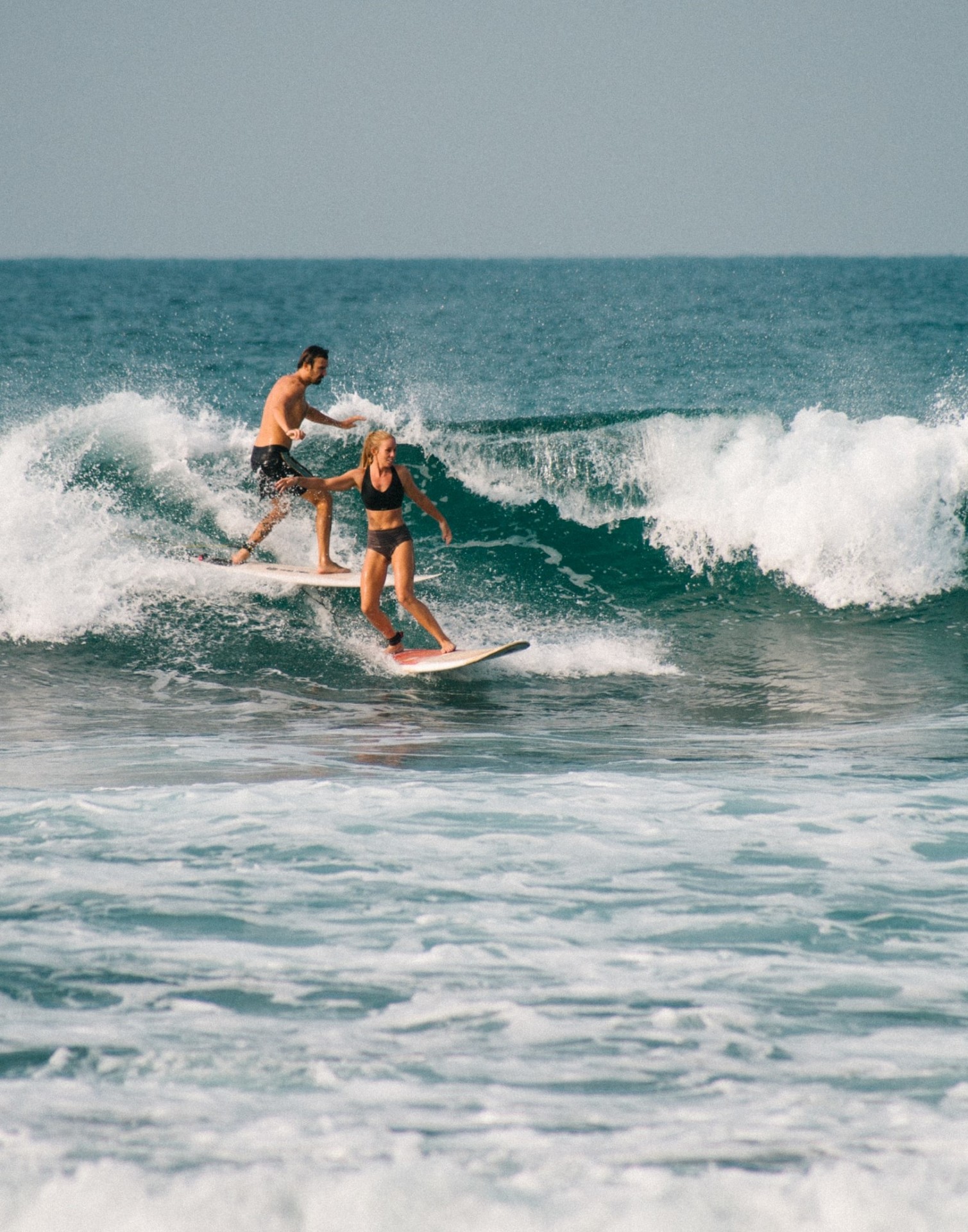
Do Surfers Run Into Each Other? 5 Common Reasons (+8 Tips)
-
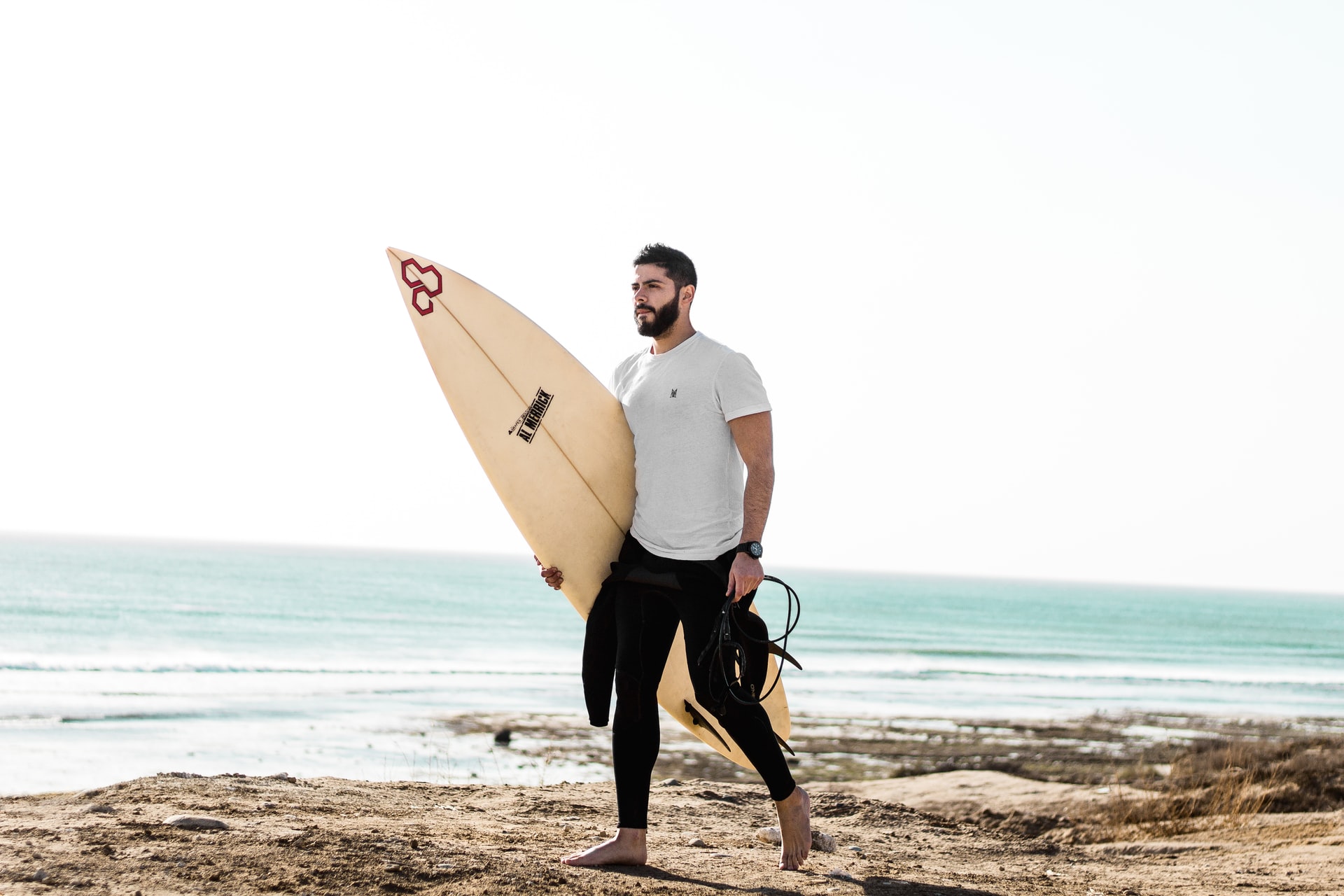
Do Surfers Have Beards? Pros & Cons You Should Know (+4 Tips)
-
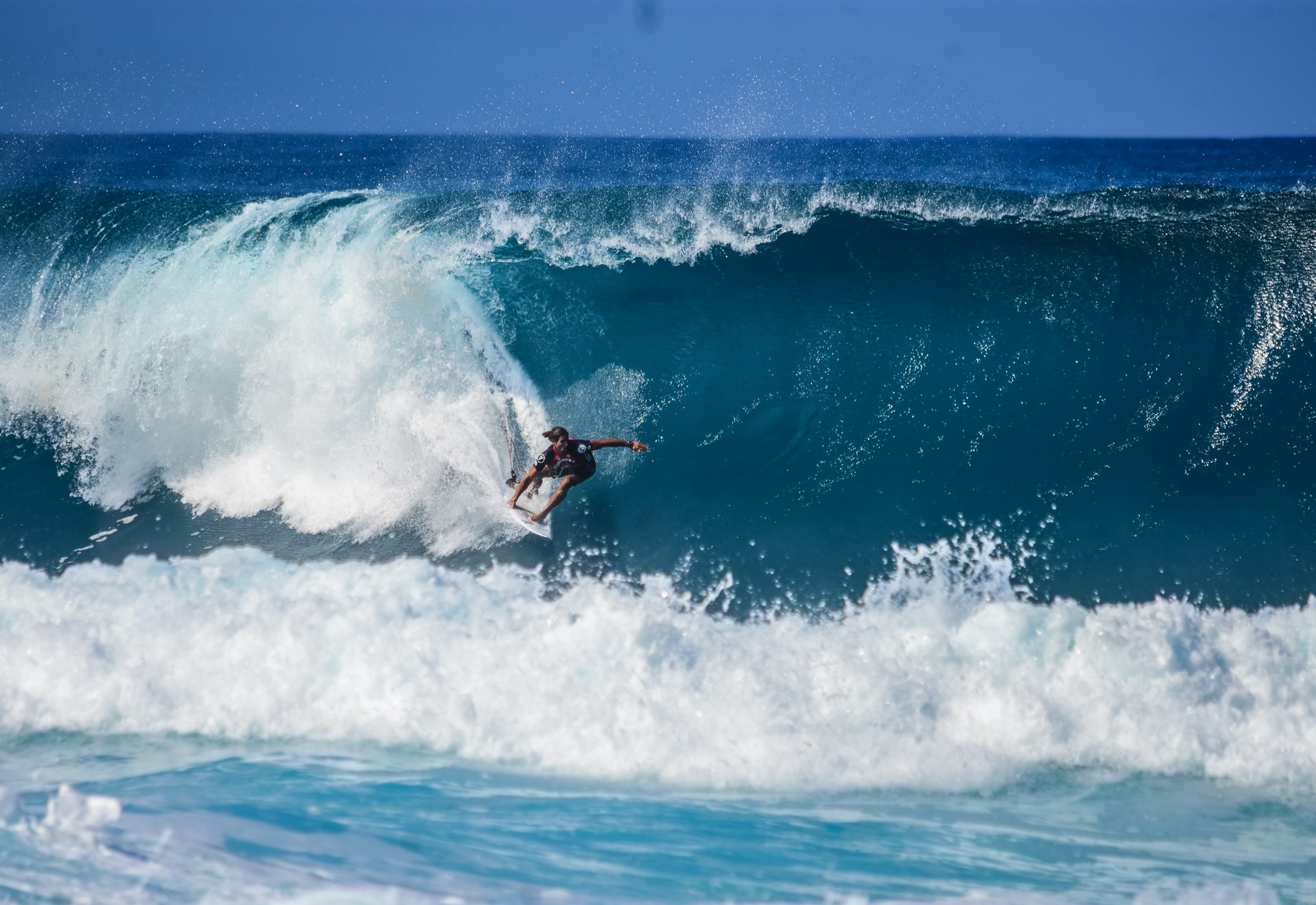
Do Surfers Like Constructive or Destructive Waves? (+Pros & Cons)
-

How to Surf Safely: 34 Crucial Tips (Every Surfer Should Know)
-
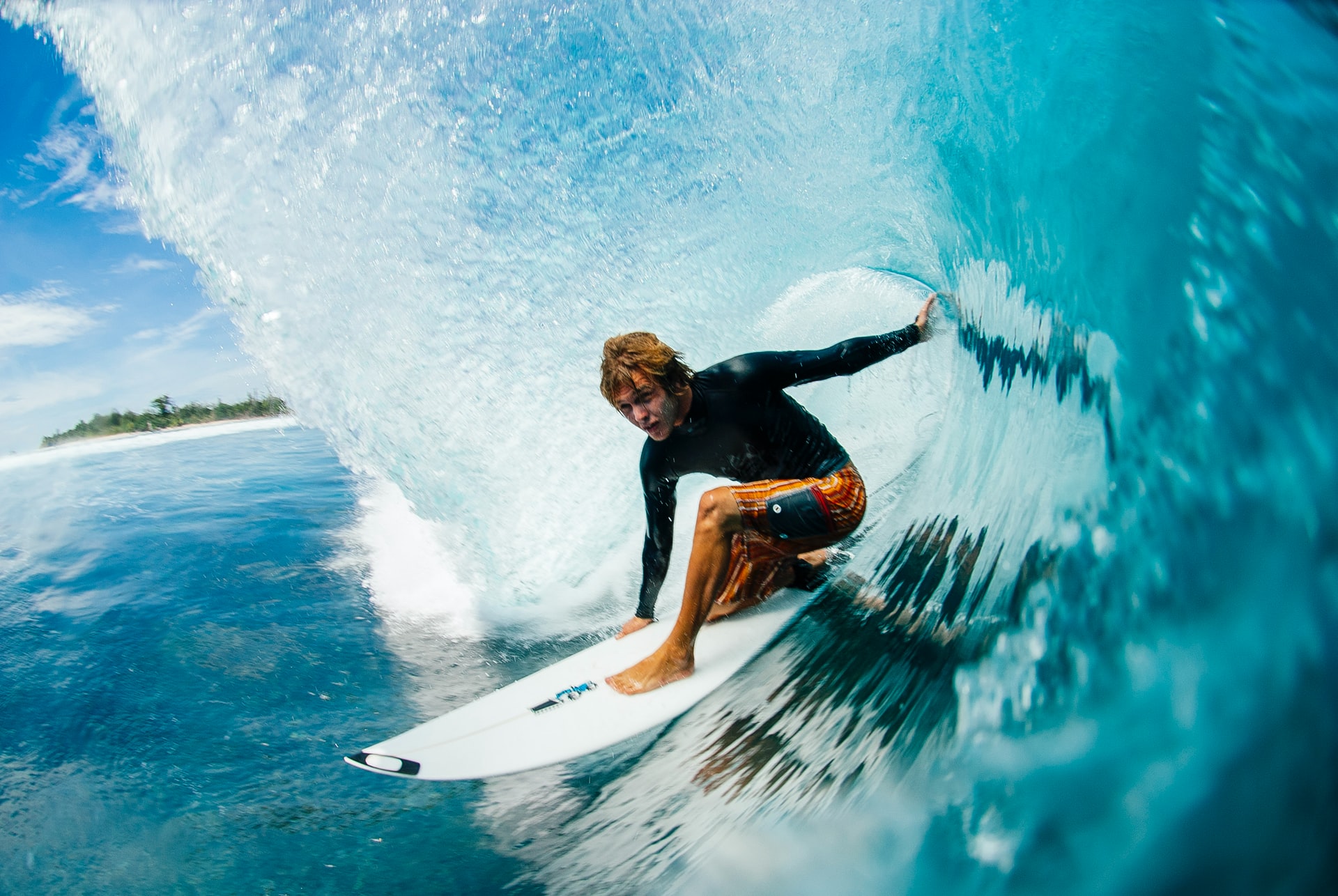
Do Pro Surfers Use Leashes? (+6 Reasons Why You Should Too)
-

Do Many Surfers Drown? Here Are the Facts (+4 Common Reasons)
-
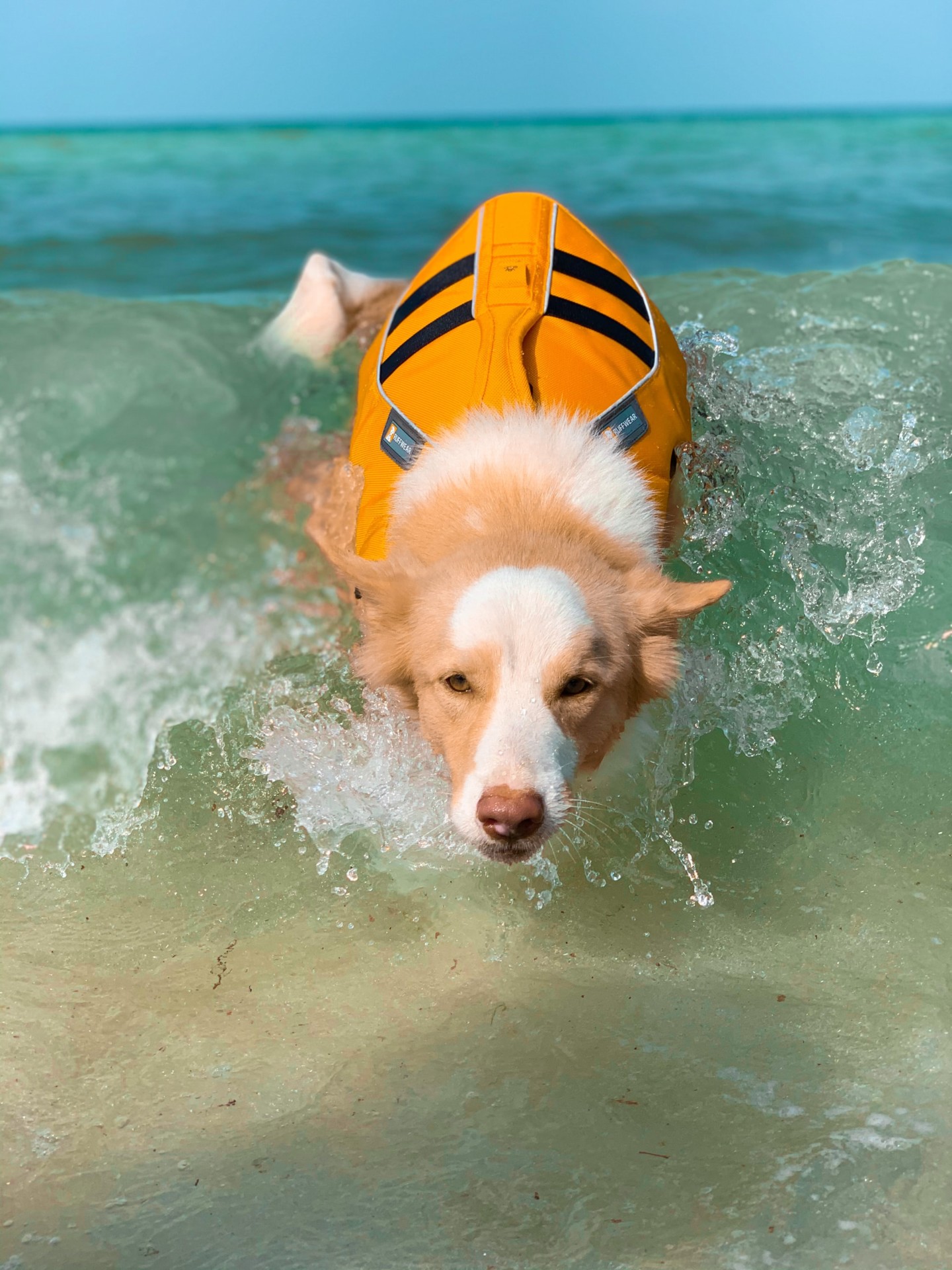
Do Surfers Wear Life Jackets? (7 Reasons Why They Don’t)
-
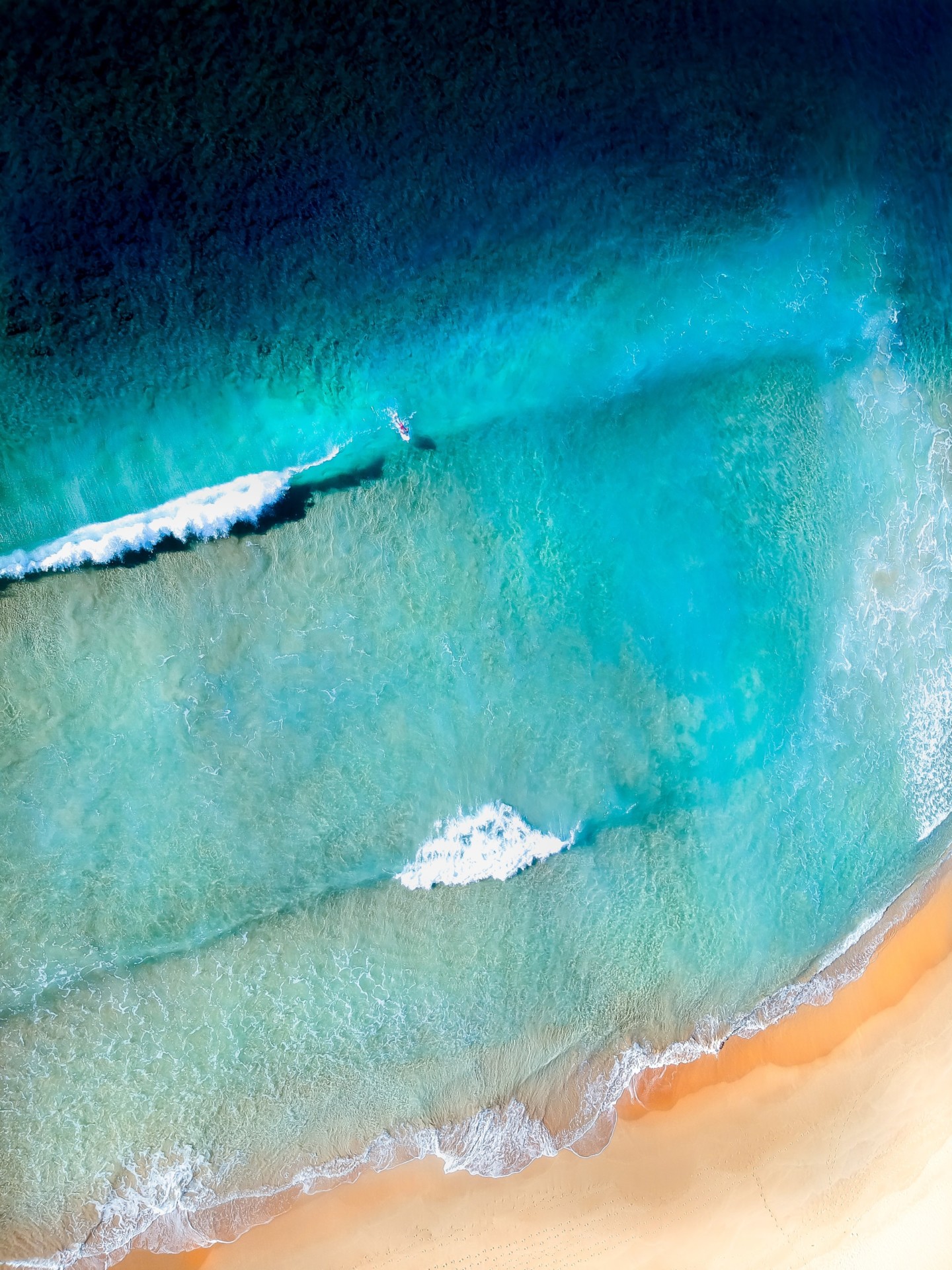
Do Surfers Like Rip Currents? (& How to Use Them Safely)







